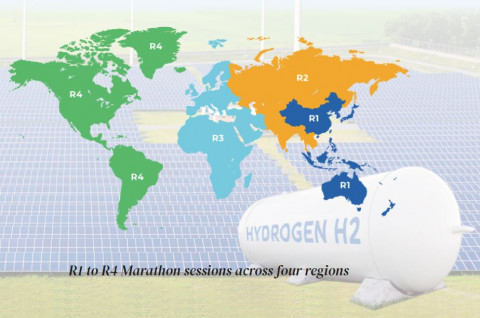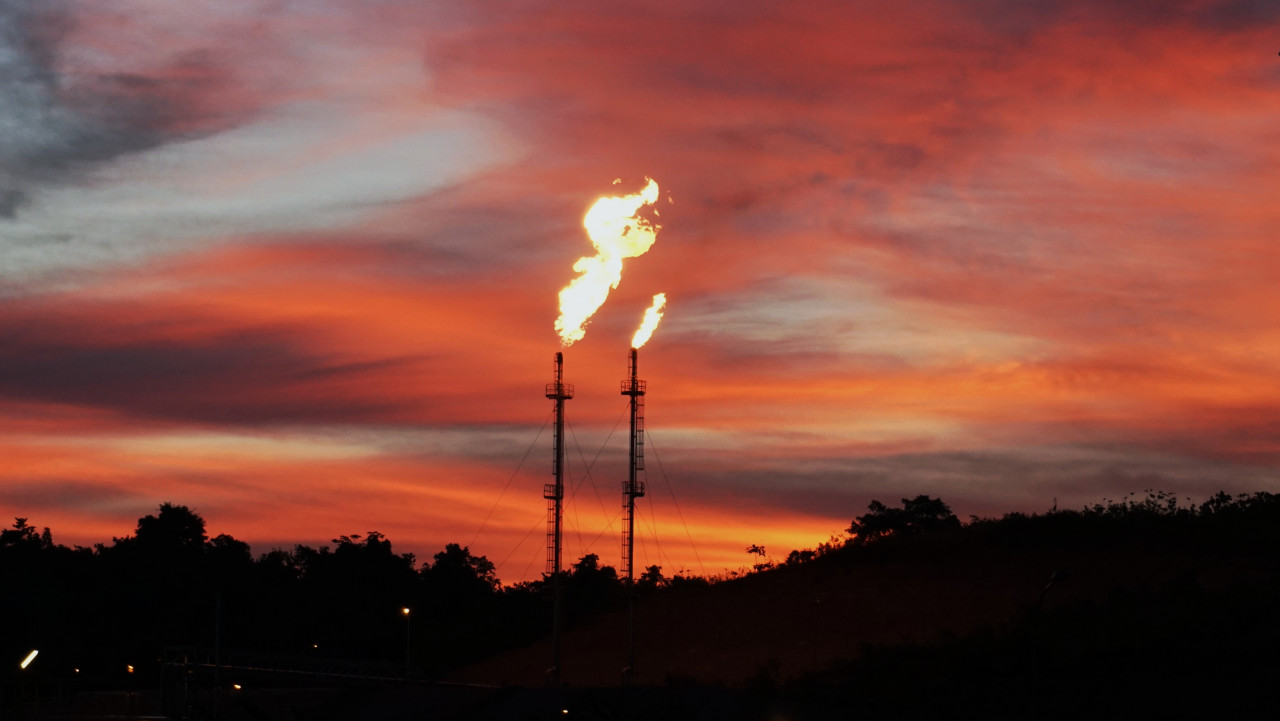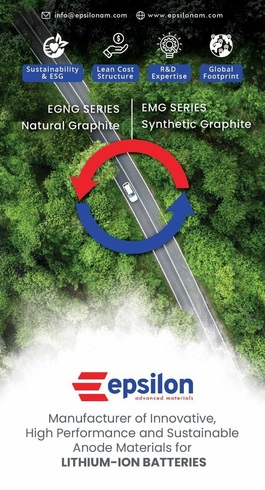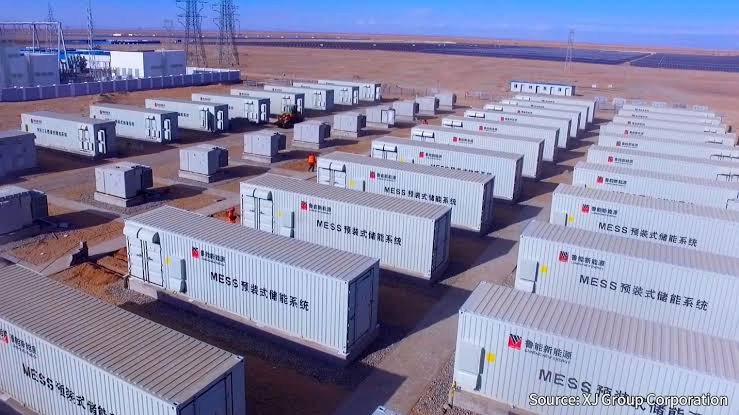How China plans to put the brakes on methane, a gas that's 28 times deadlier than CO2
China has released its much-awaited plan to reduce methane emissions, but the results have been mixed, drawing praise and disappointment.
The plan, outlined earlier this week towards the end of a four-day China-US climate meeting, says China will re-use methane emissions as fuel, but doesn't commit to specific reduction targets. The country also committed to curb "flaring," a technical term for burning escaping emissions at oil and gas wells, while proactively closing methane leaks at coal mines.
China has pledged to capture and use 6 billion cubic meters of methane gas from coal mines by 2025, while collecting an "international advanced level" of methane emissions from oilfields by 2030. In addition, the country pledged to "effectively improve" government supervision and monitoring of methane emissions in the country's on-going five-year plan (scheduled to end in 2025), and to "significantly improve" the country's monitoring system during the 2026-2030 plan.
The plan, published by the ecology and environment ministry, also said the Middle Kingdom would promote methane control in agriculture and strengthen controls over methane generated from waste food.
China is the world's biggest emitter of methane, accounting for more than 14 percent of global emissions. The greenhouse gas is 28 times stronger than carbon dioxide over a 100-year period, and tackling its emissions is seen as a critical piece of reining in immediate climate change problems.
Response to the plan has been mixed. Sultan Al Jaber, president of the COP28 climate summit that will get underway later this month, welcomed its announcement as "a critical step for global climate action."
Analysts and activists have been more muted, largely due to the absence of specifics. Yan Qin, lead carbon analyst at Refinitiv, told Reuters: "The objectives mentioned in the plan are too ambiguous, and contain mainly descriptive text, no specific targets in methane emissions reduction,"
Li Shuo, incoming director of the China Climate Hub at the Asia Policy Institute, called it a "golden opportunity" that could potentially pave the way towards a US-China agreement in coming days. Li maintains that "Methane is not a technical issue," but a political issue, meaning progress on the plan reflected the state of US-China relations.
US and Chinese negotiators have more to discuss. China is also the world's largest emitter of greenhouse gases, about 90 percent of which come from its energy sector, because the country relies on coal to generate 60 percent of its power.
Phasing out the fossil fuel is part of China's plans to become a net zero emitter by 2060, but a spate of power cuts and blackouts have halted plans to reduce coal capacity. Instead, local governments have approved 50.4 GW of new coal power in just the first six months of this year, even though Chinese President Xi Jinping has called for the country to "reduce traditional energy sources while promoting reliable substitution of new [renewable] energy sources".














